The formation of the Union of the Parishes of Lordelo do Ouro and Massarelos dates back to September 29, 2013, as a result of the administrative reorganization of the parishes, uniting the territories previously designated as Lordelo do Ouro and Massarelos.
Currently, this union is home to approximately 27,911 residents, spread over an area of 5.58km2. In addition to its remarkable historical and landscape riches, the region encompasses some of the most enchanting green spaces in the city of Porto, such as the Serralves Foundation, the majestic Crystal Palace, the serene Pasteleira Garden and the Porto Botanical Garden.
Bathed by the imposing River Douro, the landscape of the Union of Parishes of Lordelo do Ouro and Massarelos is inseparable from this watercourse, with the emblematic Arrábida Bridge standing out as a vital link between Massarelos and Lordelo do Ouro.
Equipped with a wide range of educational, social, cultural and sporting facilities, this union stands out for its vibrant associative life and various initiatives aimed at the local community.
The administrative headquarters of the Union of Parishes is located in Rua de Serralves, in the Administrative Building that once belonged to the Lordelo do Ouro Parish Council, with an extension in the building of the former Massarelos Parish Council, located in Campo Alegre.
Geographically, the União das Freguesias de Lordelo do Ouro and Massarelos is located in the western part of the city of Porto, bounded to the north by the parish of Ramalde, to the south by the River Douro, to the east by the União das Freguesias de Cedofeita, Santo Ildefonso, Sé, Miragaia and Vitória, and to the west by the União das Freguesias de Aldoar, Foz do Douro and Nevogilde.
This strategic location gives it unique characteristics within the context of Porto, influencing distinct urban and social dynamics. Although it is close to the city center, it avoids many of the adverse effects associated with extreme proximity. In addition, its accessibility is facilitated by the main communication routes and various means of transportation.
The social landscape of Lordelo do Ouro and Massarelos is marked by pronounced contrasts, with a mixture of social housing estates and luxury residential areas. These disparities can be understood in the light of significant historical events.
From the 19th century onwards, Lordelo do Ouro saw rapid industrial growth, particularly in textiles, tanning and metallurgy, playing a crucial economic role in the region.
In the 1960s, there was a significant population influx, transforming the parish into a predominant residential center. This period witnessed the large-scale construction of social housing estates, promoted by the city council to rehouse migrant workers, resulting in overcrowding and adaptation challenges for the displaced population.
It is important to note that over the last few decades, ten social housing estates have been built in Lordelo, such as Pasteleira, Pasteleira Nova, Condominhas, Pinheiro Torres, Mouteira, Rainha D. Leonor, Bessa Leite, Bom Sucesso and Parceria Antunes, many of which housed those displaced from the historic city center during the 70s and 80s.
According to the most recent data from the 2021 census, the population is approximately 27,968 inhabitants, of which 12,946 are men and 15,019 are women, with a total of 24,112 census-takers. As a whole, the União das Freguesias de Lordelo do Ouro e Massarelos covers 532 streets.
Credits: Site of the Union of Parishes of Lordelo do Ouro and Massarelos

I’m a real estate consultant in the area of Foz do Douro and Lordelo, in the city of Porto. Specialist in mediation of quality residential properties, I work with a focus on rigor, proximity to the client and excellence in service.
Any questions or help you want, I’m at your disposal – Tel. 939 993 379.



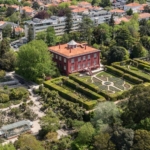
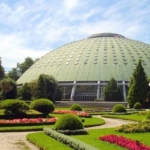

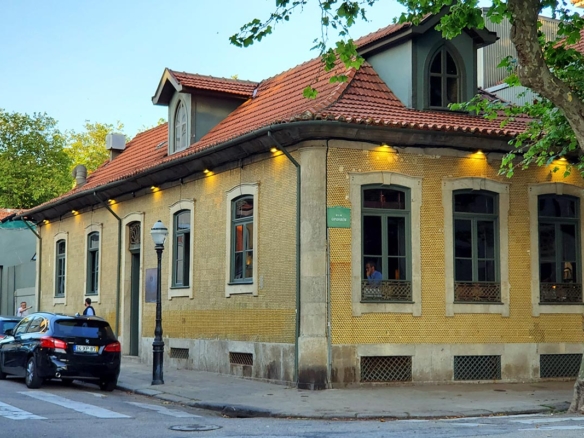
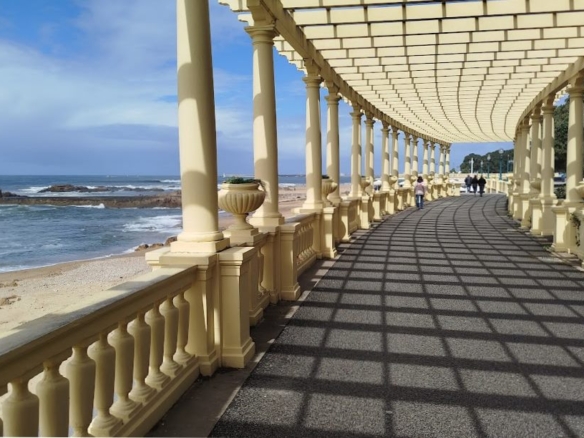
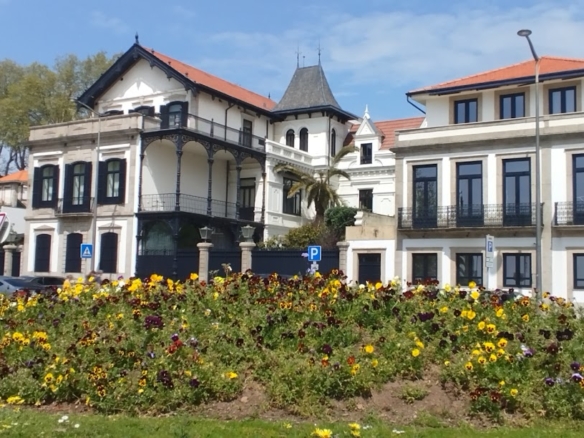
Join The Discussion